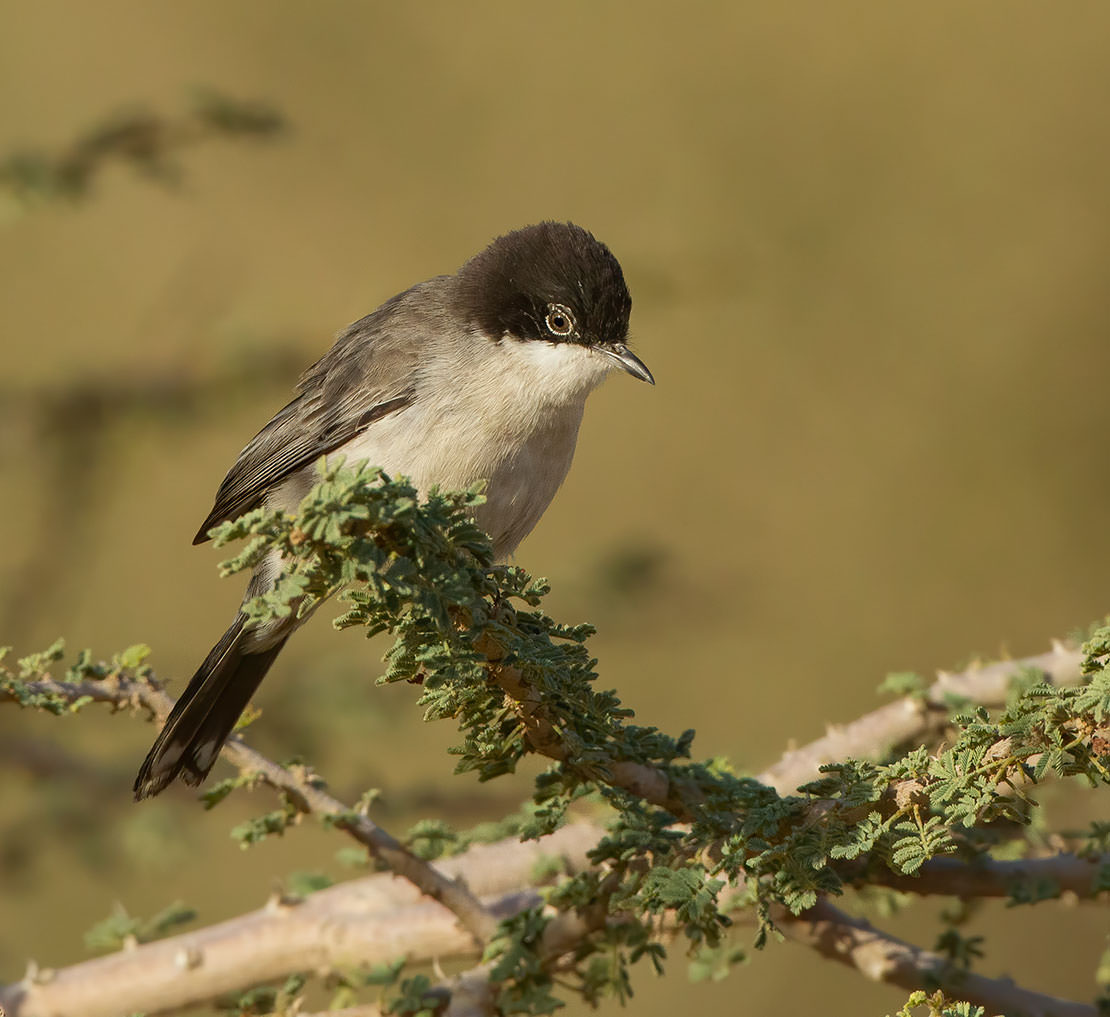Afghanistan – Armenia – Azerbaijan – Bahrain – Cyprus – Egypt – Georgia – Iran – Iraq – Israel – Jordan – Kazakhstan – Kuwait – Kyrgyzstan – Lebanon – Oman – Qatar – Saudi Arabia – South West Russia – Syria – Tajikistan – Türkiye – Turkmenistan – United Arab Emirates – Uzbekistan – Yemen

Capital: Jerusalem
Area: 20,770 km2
BirdLife International partner: BirdLife Israel
Total number of bird species: 550
Globally threatened bird species: 37
Country endemics: 0
Important bird and biodiversity areas: 15 IBAs with a total area of 4,567 km2
Rare birds committee: Israeli Rarities & Distribution Committee – Yoav Perlman (Secretary), Barak Granit, Yosef Kiat, Yotam Lenard, Re’a Shaish
Specialities:
Macqueen’s Bustard, White-eyed Gull, Lichtenstein’s Sandgrouse, Desert Owl, Nubian Nightjar, Sooty Falcon, Arabian Warbler, Black Scrub Robin, Long-billed Pipit, Sinai Rosefinch, Syrian Serin, Striolated Bunting
NB: Most of the sought-after species are relatively easy to locate.
Ornithological interest:
Israel is an outstanding birding destination that concentrates more birds during migration than anywhere else in the Old World. In both migration seasons, huge numbers of birds can be seen, including large diurnal soaring migrants such as raptors, storks and pelicans. Nocturnal migrants use Israel as a critical stopover site as they approach the large desert belt to the south. Some parts of the country, such as Eilat in the south, and the Beit Shean and Hula Valleys in the north, are world renowned for their bird migration spectacles. Across Israel’s small area, a rich gradient of habitats can be found, each home to specialist breeding species – from the alpine habitats of Mount Hermon that host Caucasian species such as Western Rock Nuthatch and Asian Crimson-winged Finch, through Mediterranean scrub and wetlands, to the deserts of the south where sandgrouse, wheatears, larks and other desert specialties breed.
Best time to visit:
Most birders visit Israel in March and early April and concentrate on the southern areas. This is when migration is in full swing, desert birds are at the height of their breeding activity, and weather conditions are optimum. Autumn migration is concentrated more in the north of the country, especially in October and November. Huge numbers of birds from further north enjoy Israel’s mild winters and winter is another excellent time to visit.
Essential reading:
Svensson L, Mullarney K, Zetterström D, Grant P (2010) Collins Bird Guide, HarperCollins, UK. (There is a version available in Hebrew.)
The Israel Birding Portal is an excellent source of up-to-date information and advice and is available in English and Hebrew: http://www.birds.org.il/en/index.aspx
Trip report links:
Compiler:
Yoav Perlman
